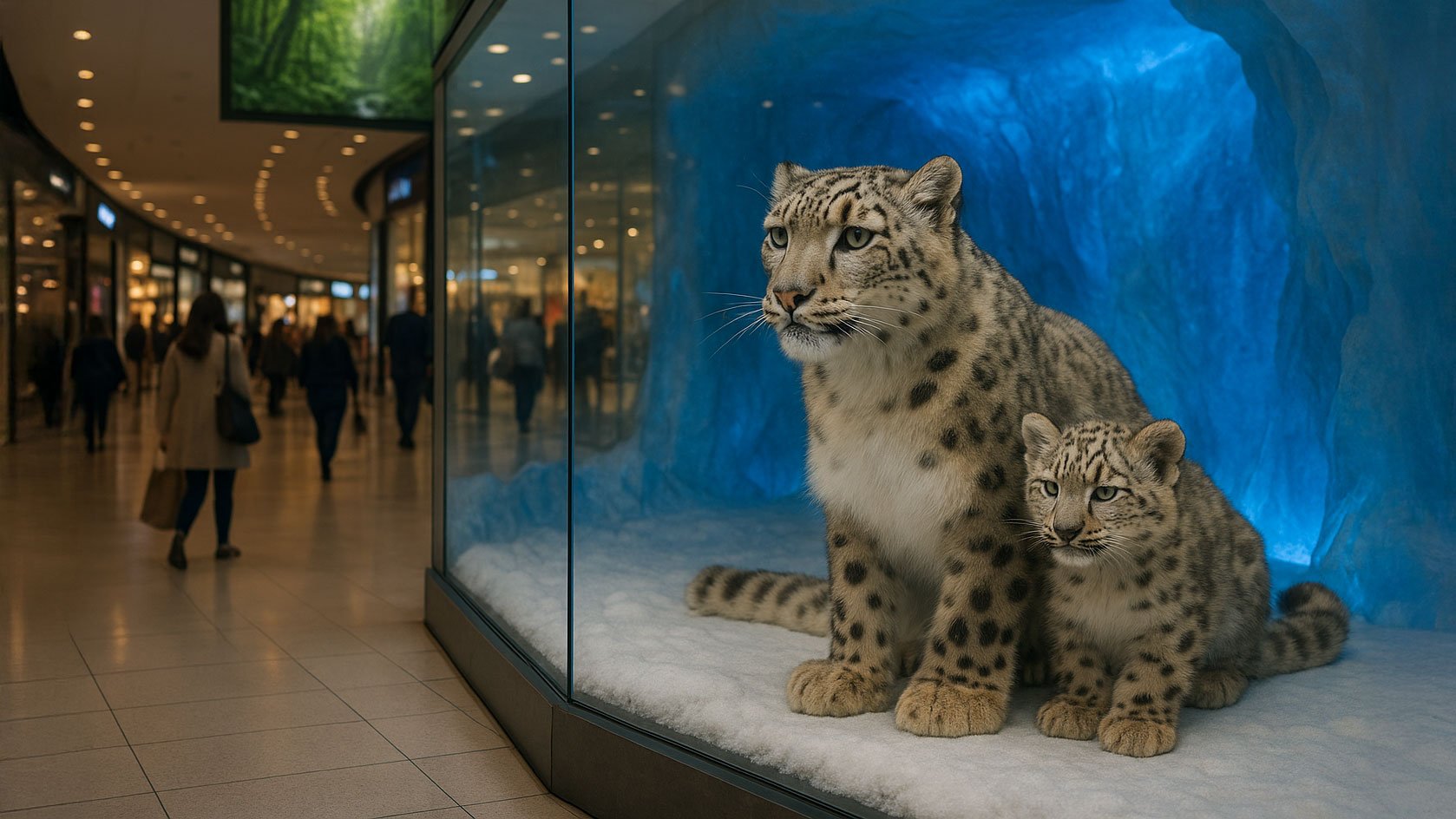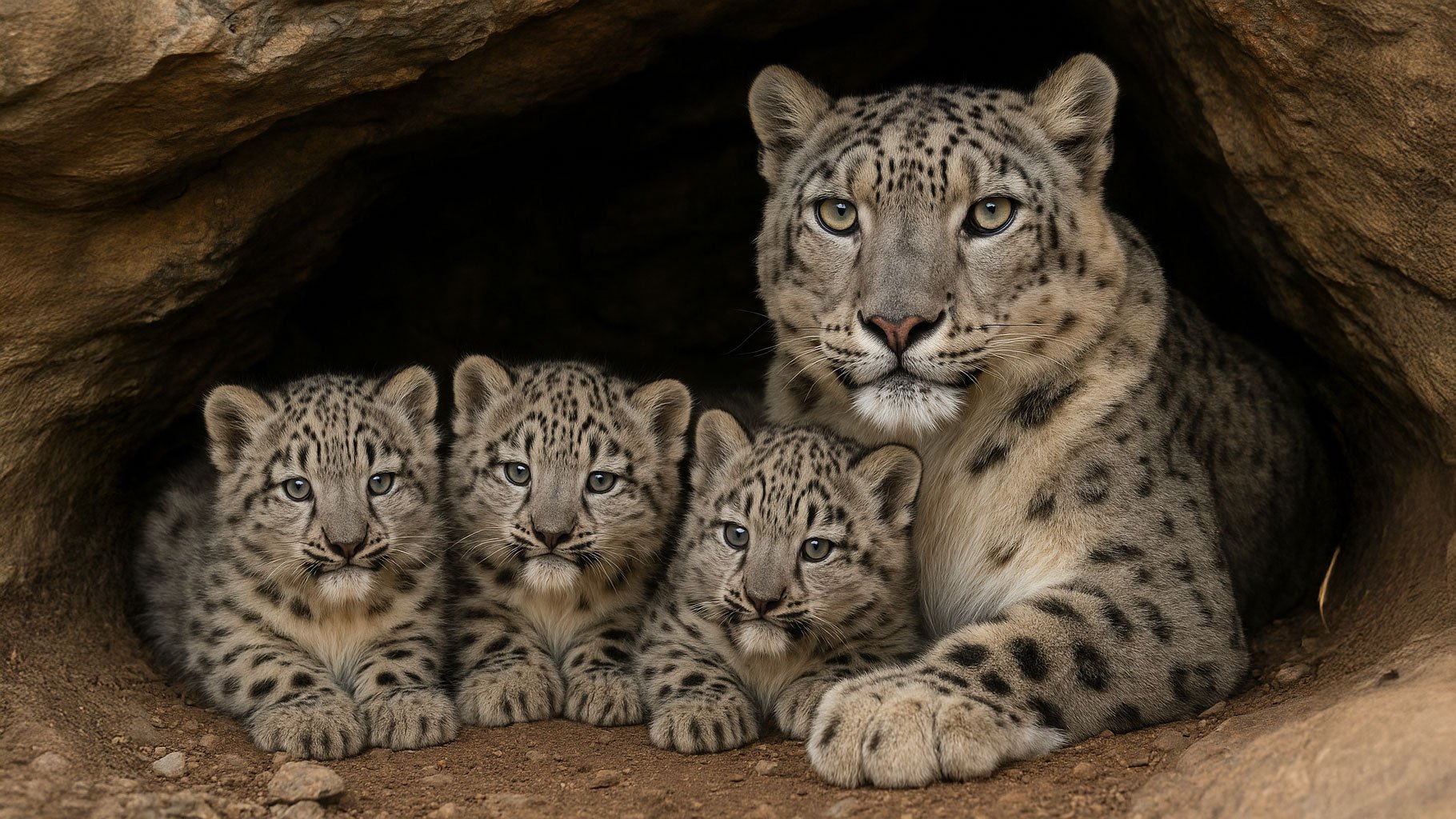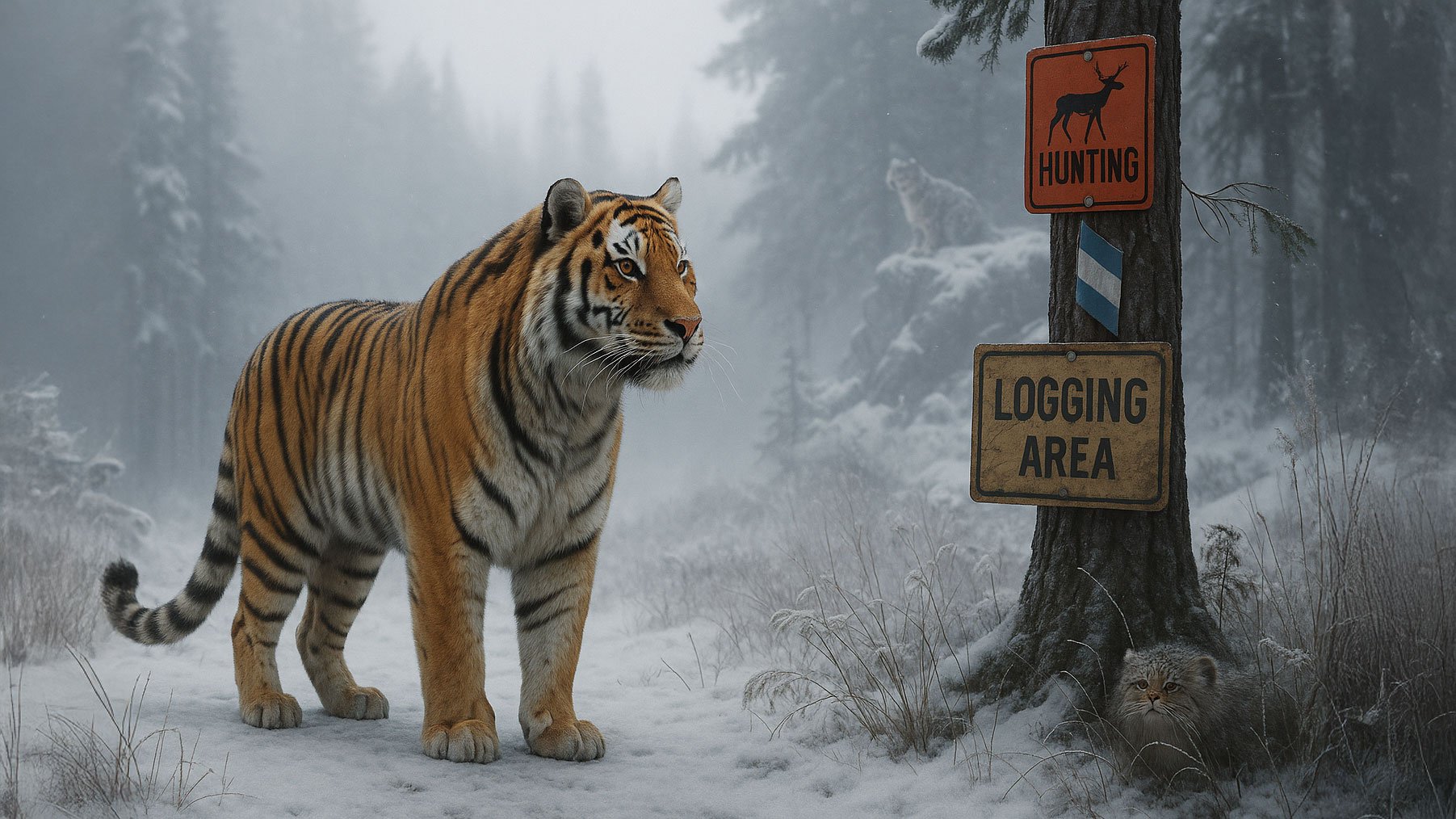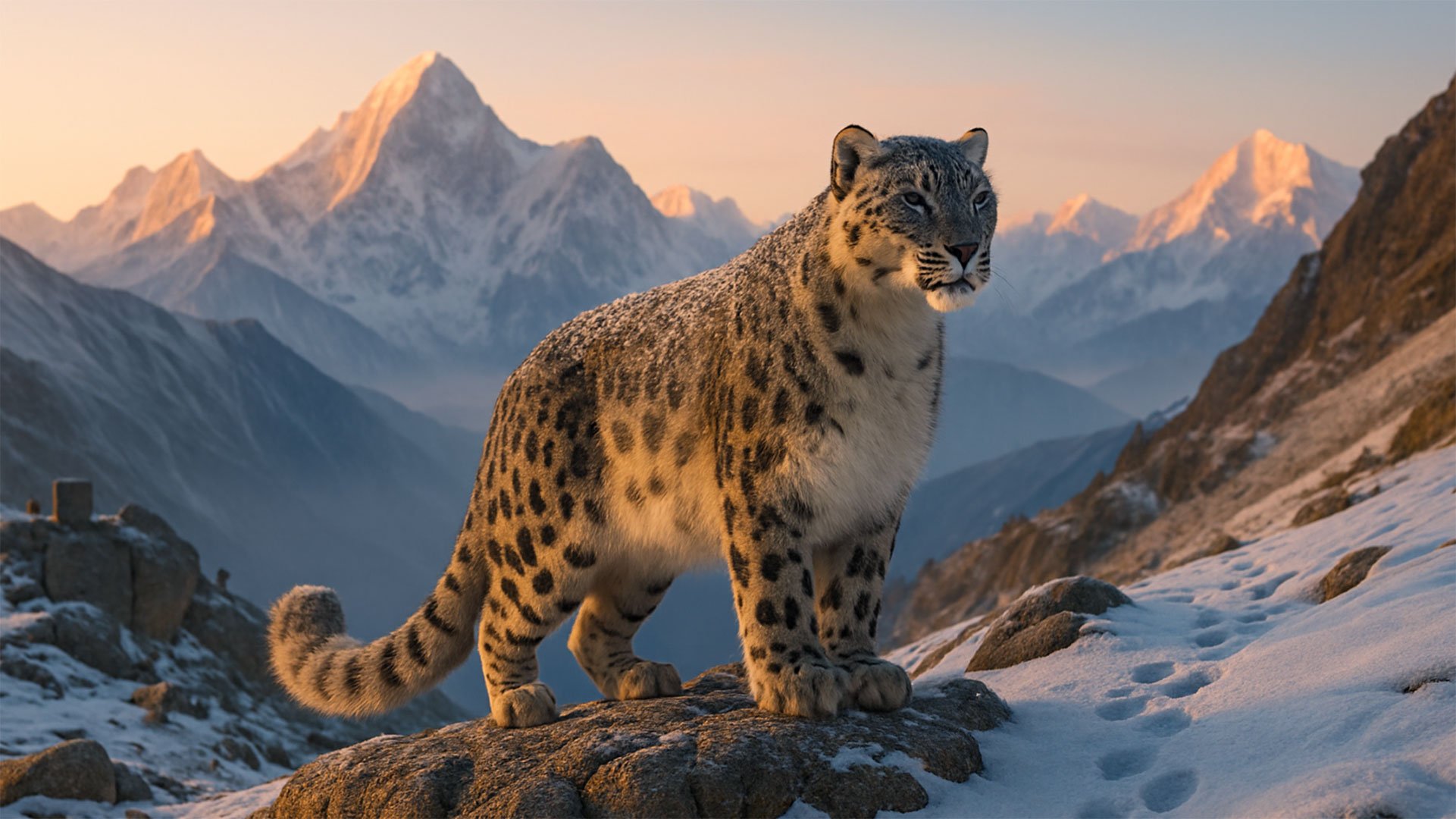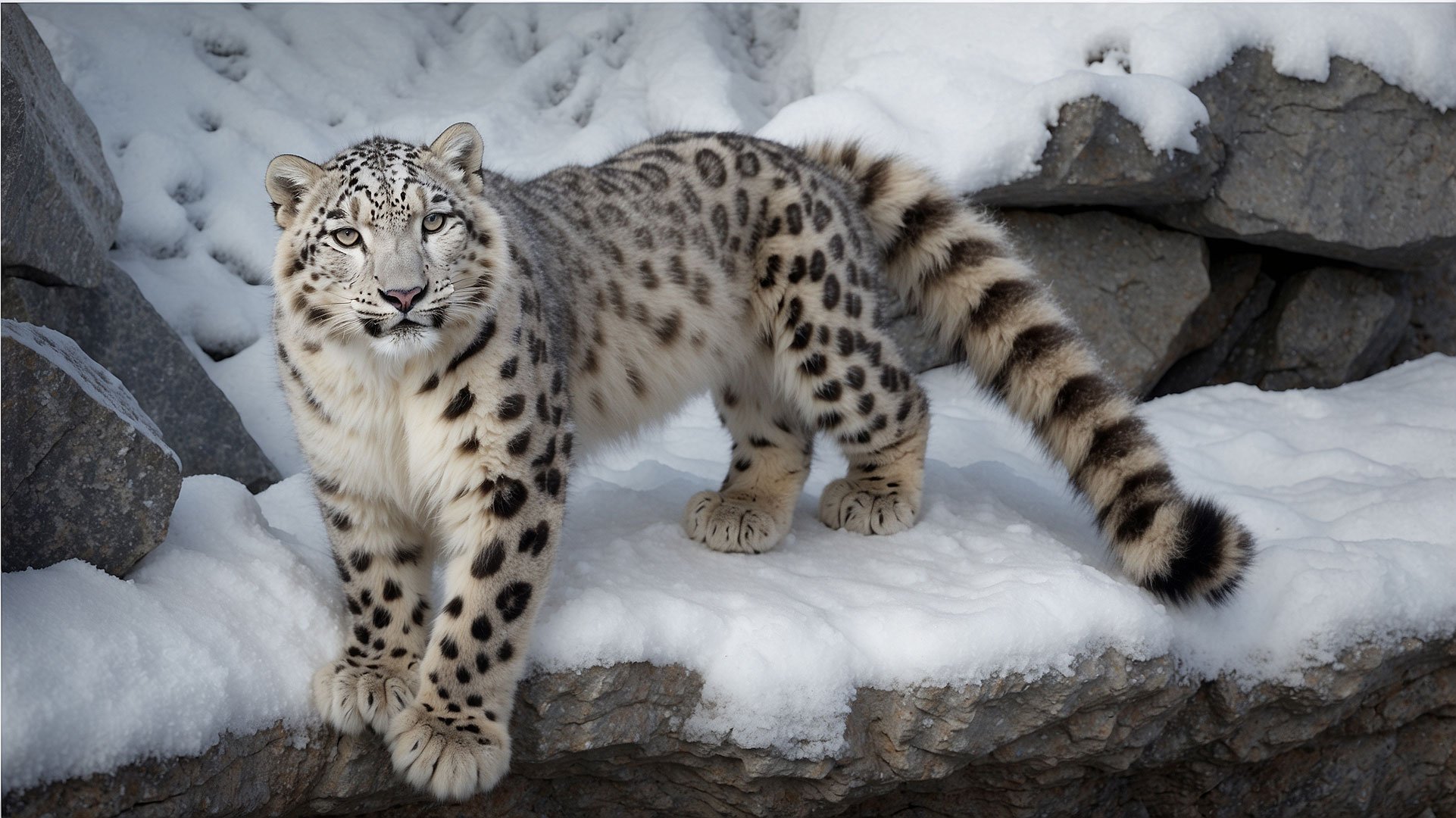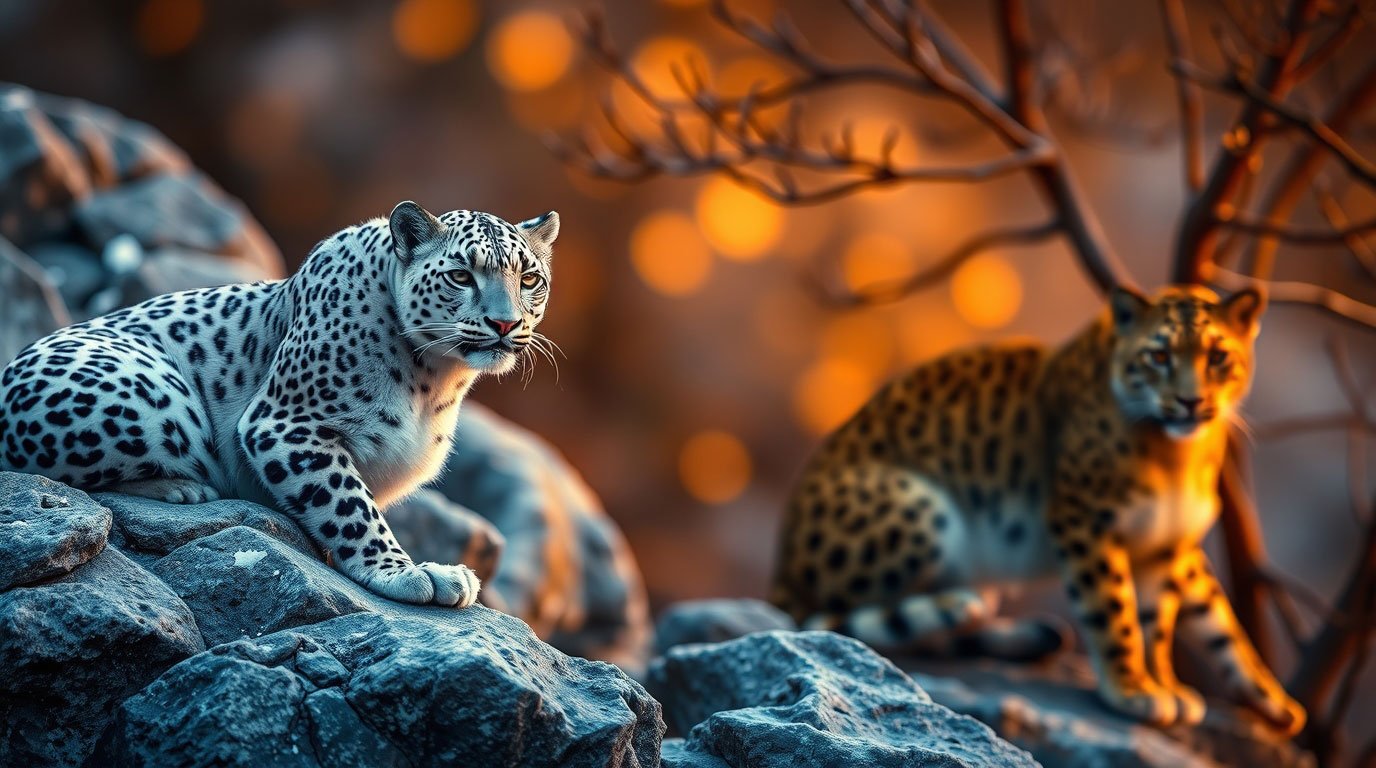The Secret Salad of the Snow Leopard: Why Even Carnivores Crave Greens
A Curious Discovery in the Wild
In the rugged terrains of northern Nepal, researchers stumbled upon a surprising find: plant material in the scat of snow leopards. Traditionally viewed as strict carnivores, these majestic felines were thought to subsist solely on meat. Yet, evidence suggested they occasionally consumed vegetation. This revelation prompted scientists to delve deeper into the dietary habits of wild cats.
Unraveling the Mystery
A study conducted in Southwest China analyzed the scat of leopard cats and identified three potential reasons for plant consumption:
Nutritional Supplementation: The presence of DNA from sugar- and nutrient-rich berries hinted at possible nutritional benefits. However, given that felines lack the necessary enzymes to digest plant matter efficiently, this theory remains speculative.
Self-Medication: It's hypothesized that cats might ingest certain plants to combat parasites or alleviate inflammation. While intriguing, this idea requires further empirical support.
Hairball Management: Perhaps the most compelling explanation is that plant ingestion aids in the expulsion of hairballs. Cats, known for their meticulous grooming, often swallow hair, which can accumulate and cause digestive issues. Consuming fibrous plant material might help in clearing these obstructions.
The Snow Leopard's Adaptation
Snow leopards, inhabiting high-altitude regions with sparse vegetation, have evolved to have longer fur, providing insulation against the cold. This dense fur, however, increases the amount of hair they ingest during grooming. A study in Northern Nepal found plant material in 62% of snow leopard scat samples, suggesting that even in areas with limited flora, these cats seek out vegetation, possibly to manage hairball accumulation.
Rethinking Carnivorous Diets
These findings challenge the traditional view of felines as obligate carnivores. While meat remains essential for their survival, occasional plant consumption appears to play a functional role in their health. This behavior underscores the complexity of their dietary needs and the importance of preserving diverse ecosystems that support such behaviors.
The Broader Implications
Understanding the nuanced dietary habits of wild cats like the snow leopard emphasizes the interconnectedness of ecosystems. Protecting these habitats ensures that felines have access to the resources they need, including the occasional leafy green. Conservation efforts must consider these intricate relationships to effectively support wildlife health and biodiversity.
Join the Conservation Effort
By supporting organizations like Big Cat Rescue, you contribute to the preservation of vital habitats and the well-being of wild cats worldwide. Your involvement helps ensure that these magnificent creatures continue to thrive in their natural environments.
Read more: https://felidaefund.org/news/wild-cat-news/research-shows-felids-may-need-their-leafy-greens

